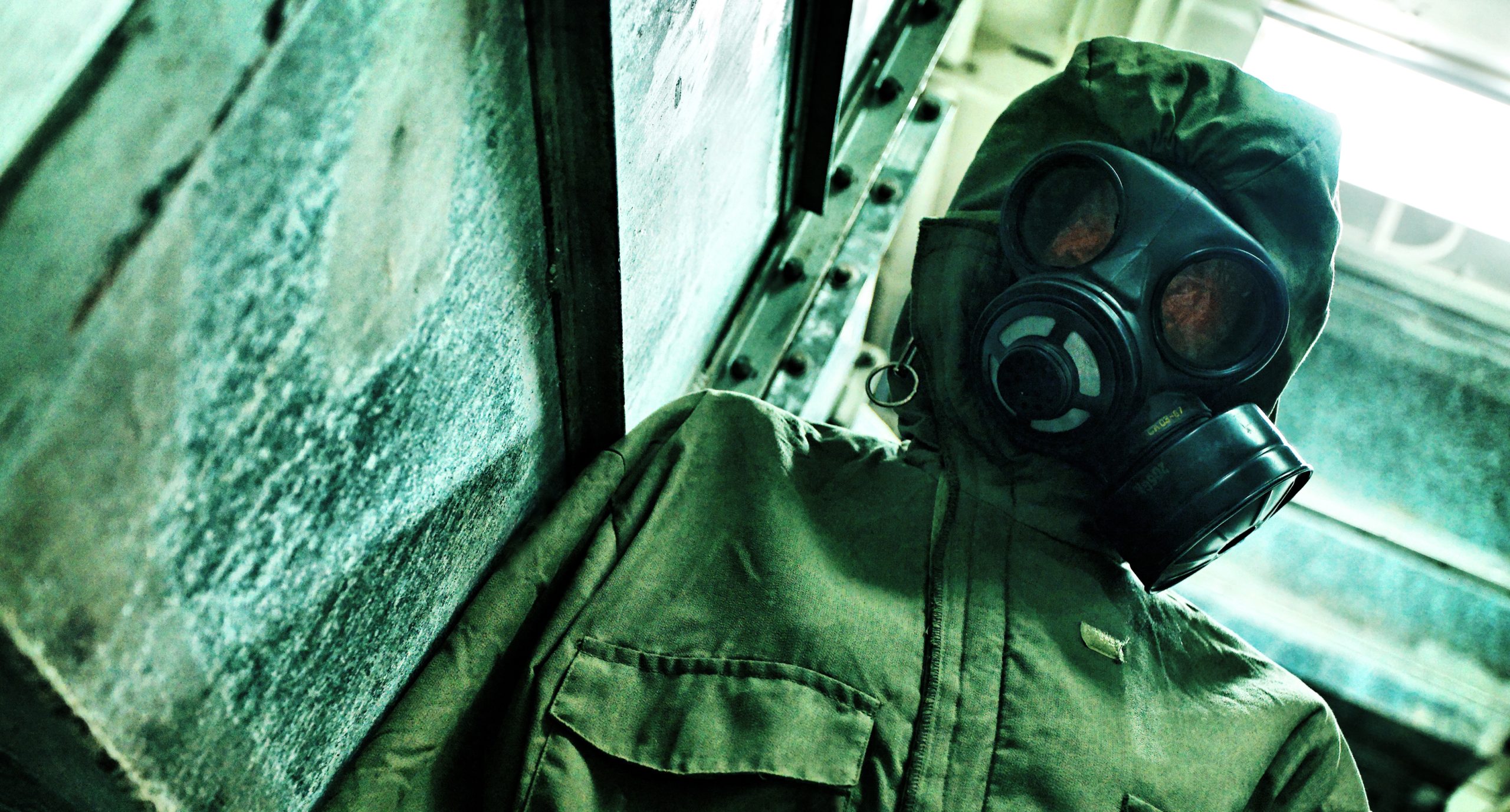(23/25)
In honour of the Diefenbunker’s 25th anniversary, we continue to highlight 25 artifacts from within our collections. With only a few more artifacts left to go, this week we are featuring a Geiger counter.

Geiger counter demonstration at the Canadian Civil Defence College, Diefenbunker Museum: 2003A.002.341.E
The original Geiger counter was designed in 1908 by German physicist Hans Geiger and British physicist Ernest Rutherford at the University of Manchester. The purpose of this useful instrument was to quickly detect and measure radiation by using a chamber that ionizes when exposed to radioactive particles. The device was later refined in 1928 by one of Geiger’s Ph.D. students, Walther Müller, who improved the counter by developing the Geiger-Müller Tube, which allowed the instrument to detect other types of ionizing radiation. Though this device was popular amongst physicists, medical professionals, and individuals in the nuclear industry, Müller’s version of the Geiger counter did have its limitations in measuring high-energy protons.
Following the end of World War II, another kind of radiation-reading device was being mass-produced. While often referred to as “Geiger counters,” these ionization chamber survey meters differed from the true aforementioned Geiger counters in several pertinent ways that made them preferable for use by civil defence agencies. These newer devices were designed to measure much higher doses of gamma radiation than the relatively sensitive Geiger-Müller counters, which frequently became overloaded and did not use as much power. These devices were also portable and could easily be operated by a single hand.

Geiger Counter, Diefenbunker Museum: 2017.001.0003
This CD V-710 Survey Meter in the Diefenbunker’s collections matches that of the later rendition of the Geiger counter produced after WWII. It was manufactured by the Victoreen Instrument Company, a former manufacturer of X-ray dosimeter equipment in Cleavland, Ohio. This organization was considered to be the “first nuclear company” and was recognized for producing Geiger counters for the United States’ Office of Civil Defence from the 1950s to the early 1960s. Founded in 1928 by John Austin Victoreen, Victoreen primarily made radiation measuring instruments for hospitals. Starting in 1942, the company began manufacturing higher-range survey meters and other radiation detection equipment for the US government, becoming one of the few companies to do so. While they thrived during the Cold War, the company declined as the demand dried up. They were eventually purchased by the Fluke corporation in 2004 and continue to operate as a subsidiary.
This Geiger counter is rectangular, yellow, and constructed of metal. The exterior is composed of a main container and a lid, held together by two silver metal clasps on either side of the unit. Protruding from the top of the device is a yellow handle, two black plastic knobs, and a meter that would have been used to take radiation readings. There are six screws that hold the lid in place — one on each corner and two in the centre along the top edges. The interior graphite ionization chamber is composed of circuitry and steel that has enough room to house a D– size battery.
 In the event of a nuclear attack on Canada during the Cold War, the 500 to 600 designated government officials, military personnel, and civilians who would have been stationed at the Diefenbunker would have been assessed by the Radiation Control Officer upon their arrival. These individuals would have been exposed to nuclear fallout from a blast, so first had to pass through a series of decontamination showers before they could enter the bunker. After the showers, the Radiation Control Officer would use a Geiger counter to measure radiation levels on the individual to determine whether they could safely enter the facility to carry out their role.
In the event of a nuclear attack on Canada during the Cold War, the 500 to 600 designated government officials, military personnel, and civilians who would have been stationed at the Diefenbunker would have been assessed by the Radiation Control Officer upon their arrival. These individuals would have been exposed to nuclear fallout from a blast, so first had to pass through a series of decontamination showers before they could enter the bunker. After the showers, the Radiation Control Officer would use a Geiger counter to measure radiation levels on the individual to determine whether they could safely enter the facility to carry out their role.
Is this a job that you would want to take on? Share your thoughts by taking our poll!

Stay tuned as we continue to celebrate our 25th anniversary by uncovering stories from our museum’s collections.
